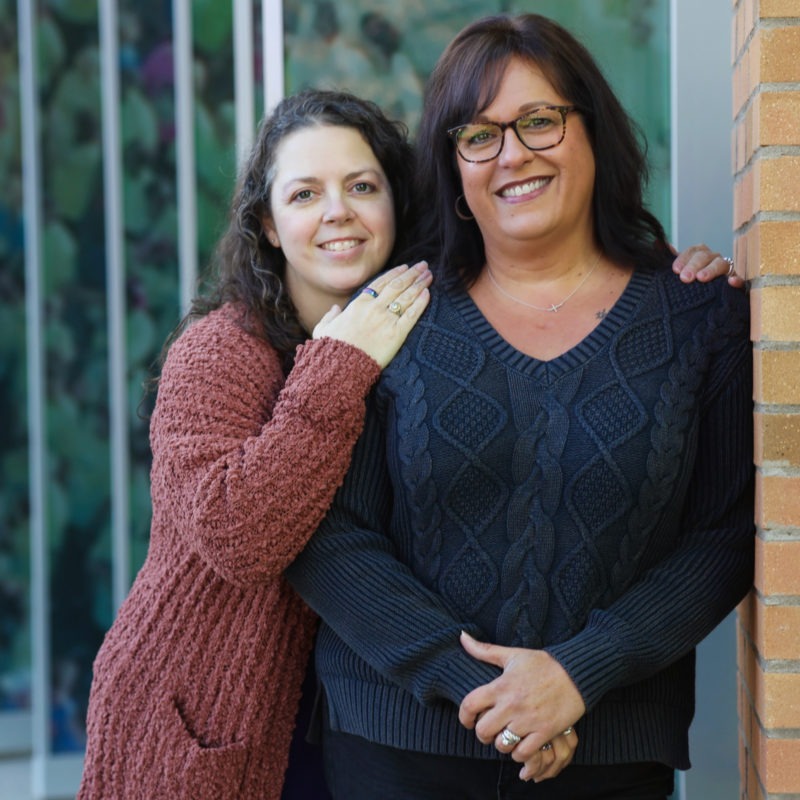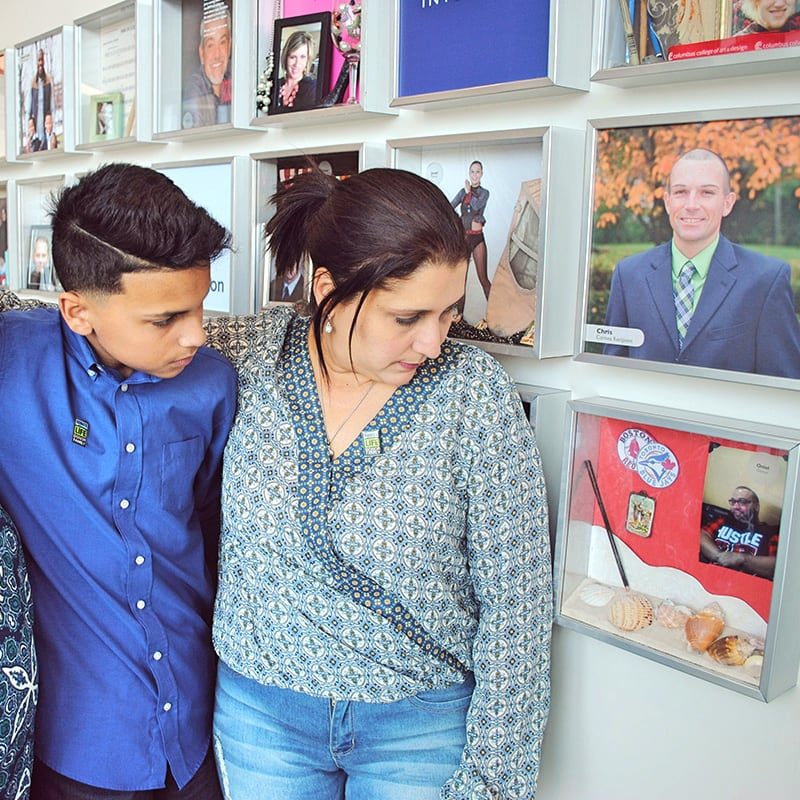If a family has decided to pursue end-of-life care, please pause, use the language below and follow these suggested steps:
Step 1: Acknowledge the family’s request. Let them know you will start the “next steps.”
Step 2: Explain that the transition to end-of-life care is not an immediate process. It puts in motion a process of notifying those involved in end-of-life care, which could take up to an hour.
Step 3: Suggest the family take this time to spend with their loved one, or take a break to get a cup of coffee or walk outside for some fresh air.
Step 4: Call Lifeline of Ohio immediately so suitability can be determined. This pause with the family allows us the time to arrive onsite for a discussion with the family when appropriate.
Possible language for nurses to use: “Transitioning to end-of-life care is a process that involves some conversations and planning. Please allow about an hour or so for me to contact those you will need to speak with. In the meantime, please spend time with your loved one or get some fresh air outside as I prepare for the next steps in this process”.
Why is the pause important? When a family elects to pursue end-of-life care, there may be an opportunity for their loved one to give the gift of life. This occurs through a very specific process called Donation After Circulatory Death (DCD).
It’s never too early to notify Lifeline of Ohio that end-of-life decisions are being made, but it can certainly be too late for someone waiting for a lifesaving transplant.
Pause to Make a Difference
Hear from an RN why it’s important to pause

“I’m so thankful my daugther Lydia was able to donate her heart to Andrea (in brown).” Kelli, Lydia’s mom.

“My brother Oni was able to donate to others upon his death. I’m so thankful to the nurses and hospital staff who cared for him and the donation professionals who we worked with.” Claire, donor sister.